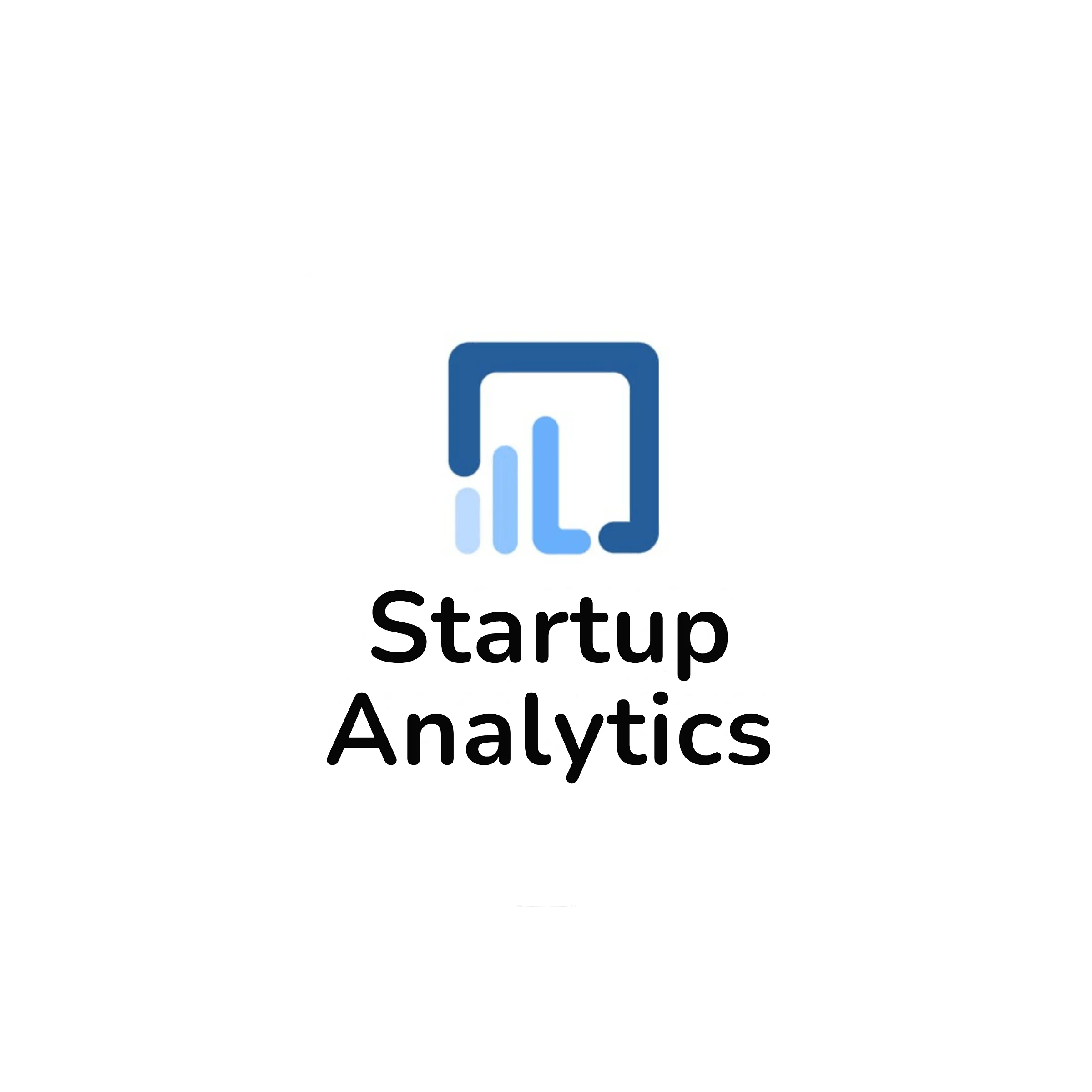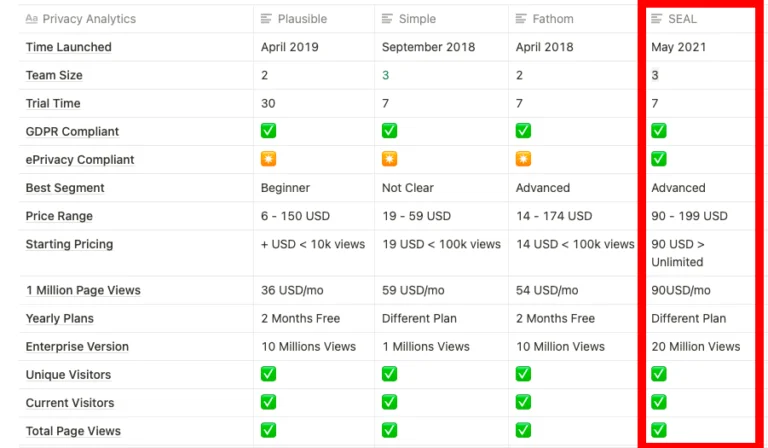The startup culture has rapidly evolved in India. Startup Analytics is here to provide insights into essential stages of your startup’s Zero2One journey. Picture this: you are ready with your product to land into the market, setting your SHIP on its maiden voyage. How do you price your product? How do you go about answering this question!
But wait! Before you embark on this venture, it’s important to check the most the vital components in place. Much like a ship needs its steering gear to avoid sinking. In the context of your startup, this crucial component of the GTM strategy includes your pricing and sale strategy for your product or service. Pricing is not merely about assigning a number. It involves a deep understanding of your product-market fit, competitive landscape, and the overall market conditions. This blog is all about how to price your product using pricing as an edge!
Your pricing strategy is inter-wined with your sales strategy in a way that how your price affects your sales and vice versa! On one hand you have bulk pricing strategy of Costco & on the other premium pricing by Whole Foods! Here pricing is a lever to define your market and signal to the audience. Pricing is determined by
In UK, the players would be Waitrose, M&S and ASDA. The same in India would be Nature’s Basket, Q-commerce & finally D-Mart on the lower end.
- The market landscape: are you mass, premium or mid-segment player
- Key SKUs or hero SKUs define your pricing perception. It’s the other additional goods where retailers or products compete.
- Premium compete on capabilities, niche offering & high end service.
- Mass competes on pricing, volume as an experience

The Starting Point? What Player
Before you plan on your pricing decisions, the first question to ask is what kind of a player are you?
- New Entrant aka Disruptor
- Existing Whale
A new entrant can either play on offering a small <> specific niche with capabilities not offered by incumbent. Here the play is on capability of small niche and pricing is not a factor.
If you are new entrant looking to disrupt the large market, then pricing is key and you will need to play by offering very key essentials products at competitive prices. This you do by removing the frills in the services and focusing on operational efficiency and core essentials. Think Southwest in US, RyanAir in Europe & Indigo in India.
What Stage are you in?
How to price your product is a function of type of player and the stage, you are in! Ideally, a startup is essentially only concerned about growth but if you are the market leader or a big player. You could focus on either further growth or profitability within the same niche!
A crucial decision for any business is determining its initial focus: growth or profitability. Many new VC style startups choose to burn cash to attract more customers and achieve higher revenue growth. They often do it at the expense of profitability but it’s alright if they end up building some key operational muscles, expertise along the way. Conversely, some early-stage niche companies maintain low burn by growing profitably on the outset.
You can either disrupt an existing mass market with price or capability. But a large market disruption needs pricing edge. If you want to grow profitably, you need to attack a small niche and grow from their with differential offering or superior specific qualities.

Give it a thought!
Basis the above discussion, let’s give a thought to how we are competing, mass disruptor or a niche player. Basis the same, we should proceed. If not a mass disruptor, pricing should be a thought but your right to win the market is not basis that but probably some superior technology or capability so focus on that.

Think about the tech startups that grab headlines. They often prioritise rapid growth, capturing market share quickly even if it means losing money initially. Now, contrast that with a specialised player or a niche service provider that might focus on steady, sustainable profits from day one.
Gaze by a real-time example!
Let’s understand the approach by taking a real-life example of a startup that is at forefront of Warehouse automation through its cutting edge solutions powered by AI.

Picture the product in your mind! Imagine a bustling warehouse, filled with rows of shelves stacked high with goods. Traditionally, human operators manoeuvre indoor vehicles and equipment to move the inventory around. This process is not only labor-intensive but also prone to human error. Now, enter our startup’s product: an AI-powered robotic driving and operating solution that can seamlessly integrate with the existing equipment.

These smart vehicles can then efficiently transport goods, optimise routes within the warehouse, and significantly reduce operational errors. The primary customers for this product would be large-scale logistics companies, e-commerce giants with vast warehouse operations, manufacturing firms, and third-party logistics (3PL) providers.
Path to Cost Plus Pricing!
Since, they are a niche innovator, they can make a cost plus pricing model with baked in profits and try to hit the part of market where their capabilities give superior results or outcomes.
Given the significant R&D and production costs involved in developing AI-powered robotic solutions, a cost-plus pricing strategy can help ensure all expenses are covered while achieving a profit margin. This strategy involves calculating the total cost of production and adding a markup to determine the final price.

The production costs for the smart equipment would include:
- Hardware Costs (robotic components, electronics, materials)
- Infrastructure costs (manufacturing facilities, and supply chain logistics)
- Software costs (intelligence development, testing, and maintenance)
The additional costs will include R&D costs, certification charges, etc. For simplicity, here we will set up the “Cost Plus Pricing” in such a way that it covers the hardware, infrastructure, software and R&D costs, and the margins over them. Summary: The pricing of the vehicle would be based on the production costs, expected margins, and the growth in yearly production over the years.
Competitive Pricing
Besides the cost plus pricing strategy, another way to price would be is to set a market benchmark price and try to beat it hands down by optimising operations, keeping service simple and making pricing as a lever.
Here pricing is your GTM strategy and way you reduce your prices is the key to your approach. Think SouthWest Airlines, who ditched the hub-spoke supply chain approach to reduce their costs and were able to offer cheaper pricing. Similarly, Indigo innovated in India by reducing their prices through efficient operations, leading agreements, single aircraft operations and so on!
Our next article is to set a price that not only covers our expenses but also positions us favourably in the market, maximising both growth and profitability. This is where the magic happens – where data meets strategy, and intuition meets analysis. So, what’s next on our roadmap? Stay tuned as we explore the nuances of anchoring the right price in our upcoming blog. Together, we’ll unravel the art and science of pricing strategies, ensuring our product not only reaches the market but makes a powerful impact.
Let us meet in an another interesting blog to continue this hot discussion further.


